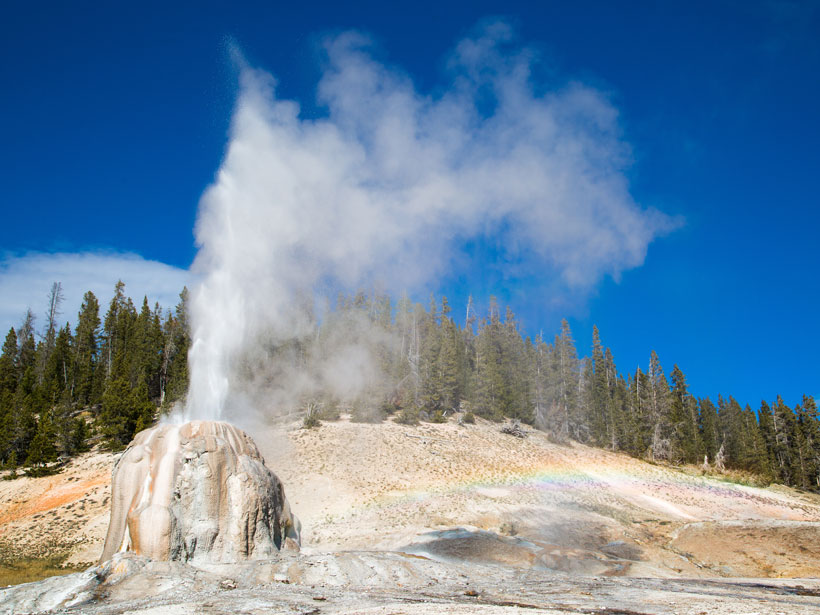Aside from captivating our senses, geysers have much to tell us about subsurface fluids, climate change effects, and the occurrence and limits of life on Earth and elsewhere in the solar system.
S. Hurwitz
Posted inFeatures
From Lava to Water: A New Era at Kīlauea
At Kīlauea Volcano, scientists are using unoccupied aircraft to monitor the new water lake, a possible harbinger of explosive activity, that formed after the volcano’s 2018 eruption.
Posted inFeatures
Probing Magma Reservoirs to Improve Volcano Forecasts
The roots of volcanoes remain enigmatic, largely because geophysical and petrological models remain rudimentary. Scientific drilling and exploration can help.



